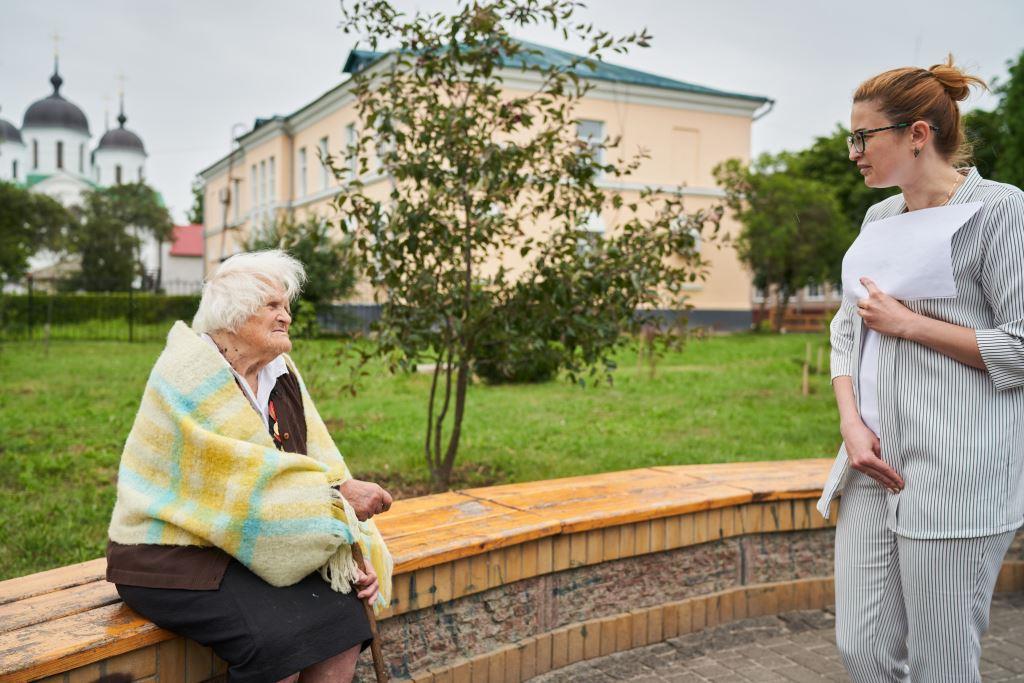Mass famine and endless flow of people in the hope of escape from starvation to Russia – the history of the Holodomor in the border town of Yampil
Sofiia Ivanivna Kononets (Savchenko), a 98-year-old resident of Nizhyn, was born in the village of Yampil in the Sumy Region. The Holodomor left its mark on a woman’s life. The Holodomor Museum together with the Ukrainer NGO recorded her story as part of the “Holodomor: Mosaics of History” project with the support of the Ukrainian Cultural Foundation.
Sofia Kononets’es father was a builder and worked on the construction of roads and bridges. With the beginning of collectivization, Ivan Savchenko joined the collective farm. However, due to ties with the head of the collective farm and authority in the village, the family left the collective farm, and in 1932–1933 Savchenkos were individual farmers: “Well, we did not work in the collective farm. We entered it, handed over a horse and armor, in general, everything we had, and then the head of the collective farm said: ‘Ivan Maksymovych, take your wife out, let her not suffer with children.” (laughs). Well, people knew my dad; roads, bridges — it was all his business. They knew him, just thought, knew him. ‘Take your wife, let her not suffer,” a Holodomor witness recalled.
During the Holodomor, the family was again saved by the authority of their father, as searches in the Savchenkos’ house were carried out formally, and at the same time activists took everything from their neighbors: “My mother’s acquaintance came to see us and said, ‘Ivanovna, I will shout, but you be silent.’. And he shouted: ‘Where did you hide, and what is that”, and he shouted, shouted… They didn’t take anything from us. They drove into the next yard; it was the same, stacks of children, but they took the boar and put it on the cart, and that’s it. Well, I remember this well, because he shouted at us, because he knew our mother. And in the neighbors’, without shouting, they put a boar on the cart, and that’s all.”
During the Holodomor, newborn twins Ania and Valia died in the Savchenko family.
One of the most painful memories of the Holodomor is the depressing impression of thousands of hungry people passing through Yampil every day, hoping to get to Russia, where they could get food and escape the starvation death, prepared by the Communists for Ukrainians. However, hungry farmers could only reach the border village of Khutir-Mykhailivskyi, which was followed by the RSFSR, and then the people were not allowed by special troops and border guards: “They were not allowed. They said, you can go to Khutir-Mykhailivskyi, and then go back,” the woman says.
